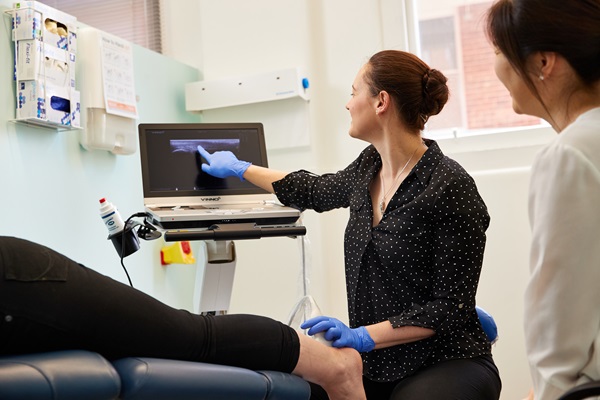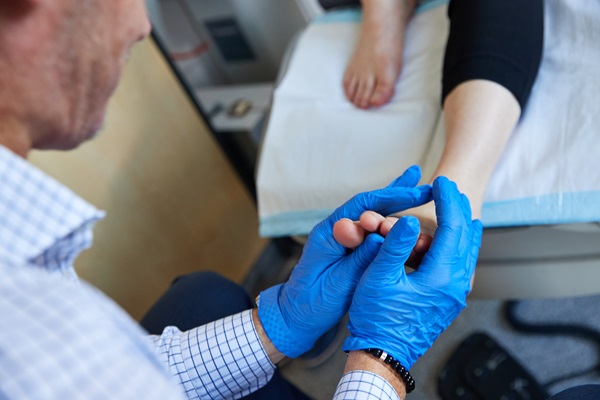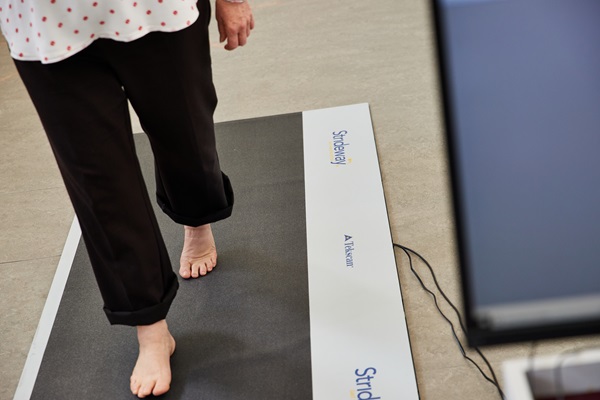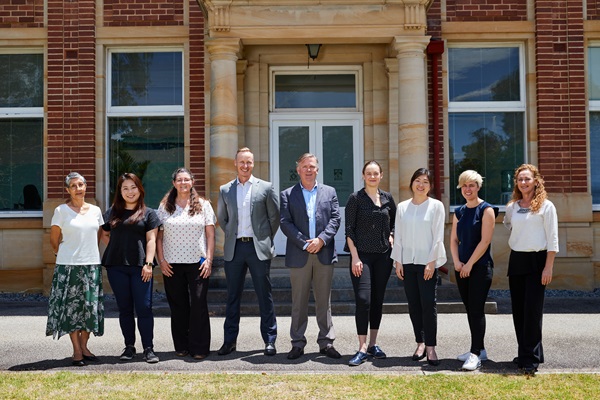
Our Services
The UWA Podiatry clinic covers a range of conditions relating to the foot, ankle and lower limb.
Common foot disorders
There are many lower limb problems podiatrists are trained to diagnose and treat. The following information presents a brief description of the more common disorders and the treatments available to effectively manage them.
-
Heel Pain
-
Ingrown nails
-
Fungal Infections (skin and nails)
-
Shin Splints, Leg Pain, Lower Back Pain
-
Bunions
-
Stretching & Strengthening Prescription
-
Morton’s Neuromas
-
Gait and Posture issues
-
Achilles Pain
-
Footwear related problems
-
Children’s Foot & Leg Problems
-
Diabetes
-
Warts, Corns and Calluses
-
Claw/hammer Toe
Surgical Services
Our podiatric surgeons treat a range of lower limb surgical conditions including bony and soft tissue procedures, including the following:
- Bunions
- Ingrown Nails (wedge resection)
- Claw Toe
- Morton’s Neuroma
- Ganglion
Ask a question
Contact us to make an appointment or ask a question.
What to bring to your Appointment
Being well-prepared for your appointment will ensure that your Podiatrist has all of the needed information to provide the best possible care for you and help you get the best results in the shortest time. It will also help relieve any unnecessary anxiety you may be feeling.
If this is your first appointment, please fill out and bring the New Patient form [PDF 137KB].
Additionally, please bring with you:
- List of any medications you are taking
- Letters from specialists or any practitioners you have seen for the same condition/issue
- Any relevant medical imaging studies. (ie. xrays, MRI scans)
- Shorts and T-shirt in case a biomechanical assessment is necessary
- Footwear that you wear most often, as well as your sneakers







